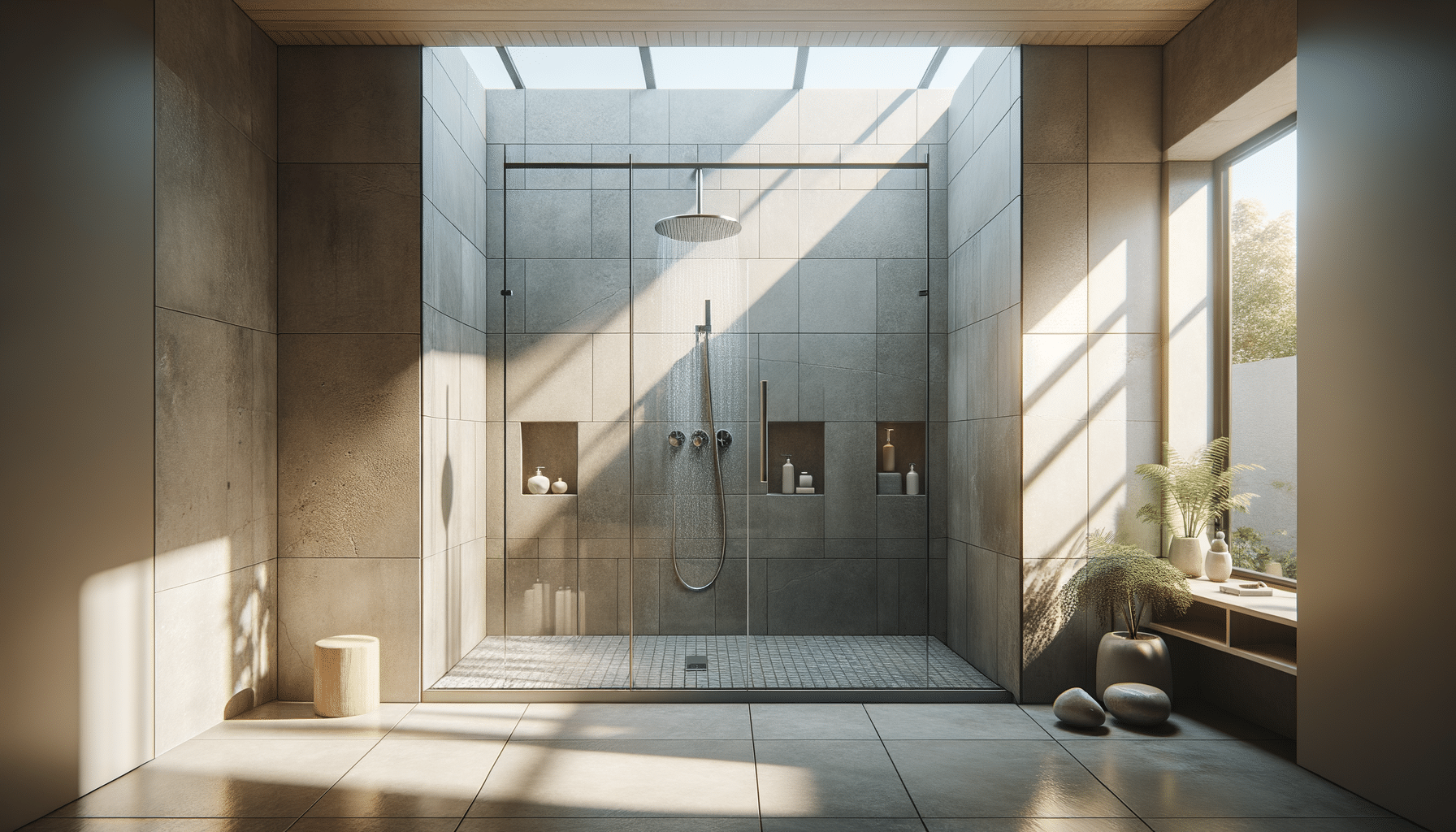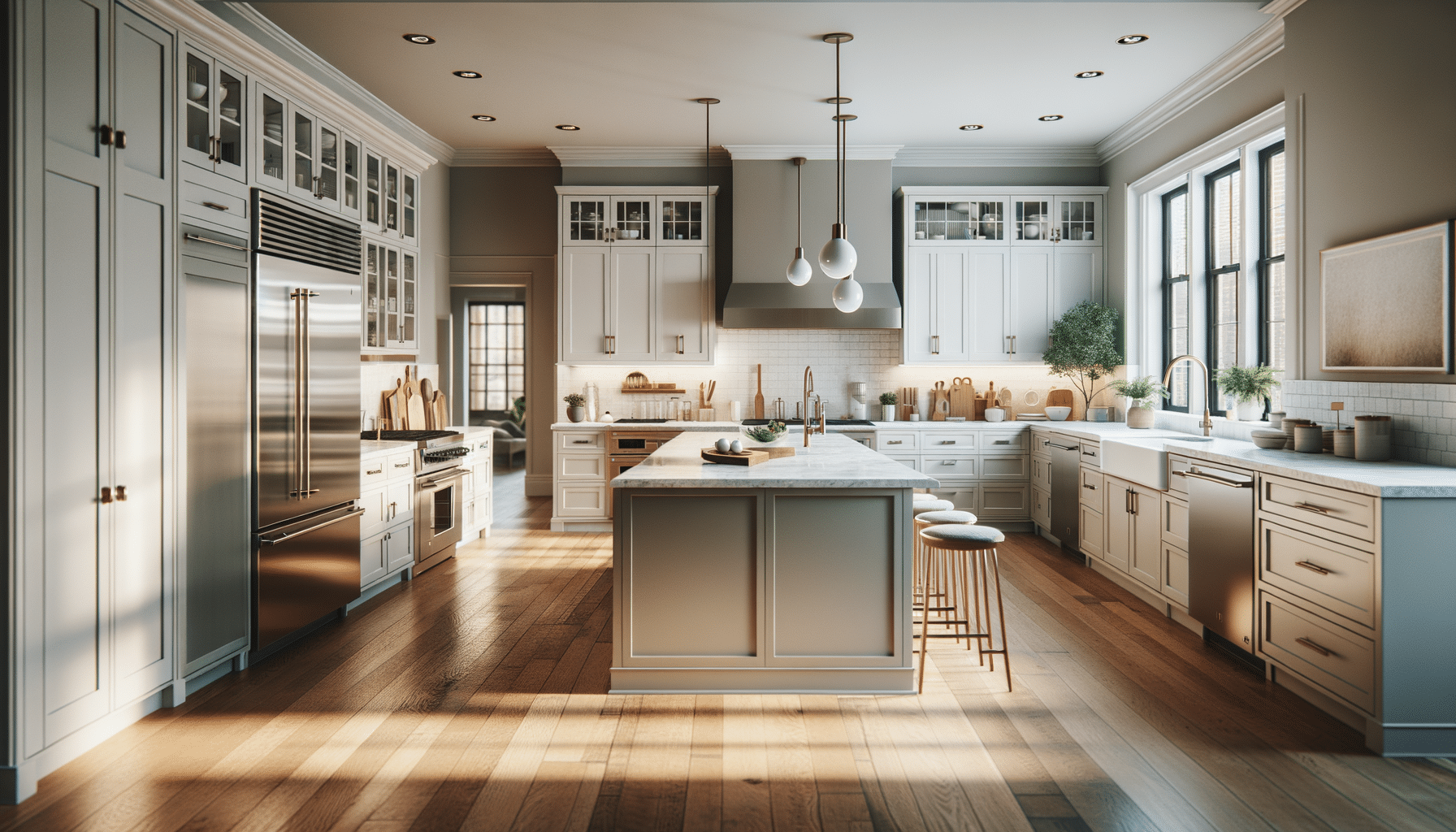
learn more about walk in showers
Introduction to Walk-In Showers
In the realm of modern bathroom design, walk-in showers have emerged as a popular choice, offering both style and functionality. These showers provide a seamless look and feel, eliminating the need for cumbersome shower curtains or doors. The open design is not only aesthetically pleasing but also practical, especially for those with mobility issues. In this article, we will delve into the various aspects of walk-in showers, exploring their benefits, design considerations, installation process, and maintenance tips to help you make an informed decision about incorporating one into your home.
Benefits of Walk-In Showers
Walk-in showers offer several advantages that make them an appealing option for many homeowners. One of the primary benefits is their accessibility. The absence of a threshold allows for easy entry, which is particularly beneficial for individuals with limited mobility or those who use wheelchairs. Furthermore, walk-in showers are easier to clean compared to traditional showers with doors or curtains, reducing the buildup of mold and mildew.
Another advantage is the spaciousness they provide. By eliminating barriers, walk-in showers create an open and airy feel in the bathroom, making even smaller spaces appear larger. This not only enhances the visual appeal but also improves the overall functionality of the space. Additionally, the design flexibility allows for customization in terms of materials, fixtures, and layout, enabling homeowners to tailor the shower to their specific preferences and needs.
- Enhanced accessibility
- Easy maintenance
- Customizable design
- Spacious appearance
Design Considerations for Walk-In Showers
When planning to install a walk-in shower, several design considerations come into play. The first is the layout of the bathroom. It is essential to ensure that the shower fits well within the existing space without compromising other elements. The choice of materials is another critical aspect. Opt for non-slip tiles or textured flooring to prevent accidents, and consider using glass panels to maintain an open feel while containing water within the shower area.
Lighting is also a crucial factor. Adequate lighting enhances safety and highlights the design features of the shower. Incorporate both overhead and accent lighting to achieve the desired ambiance. Additionally, consider the placement of shower fixtures such as showerheads and controls to ensure ease of use and comfort.
- Bathroom layout
- Material selection
- Lighting considerations
- Fixture placement
Installation Process of Walk-In Showers
Installing a walk-in shower involves several steps that require careful planning and execution. The first step is to assess the existing plumbing and drainage systems to ensure they can accommodate the new shower. It may be necessary to make modifications to these systems to facilitate proper water flow and drainage.
Once the plumbing is addressed, the next step is to prepare the shower area. This includes waterproofing the walls and floor to prevent water damage. Installing the shower base and tiling the walls and floor come next, followed by the installation of fixtures and glass panels. It is advisable to hire a professional for the installation to ensure that all aspects are handled correctly and to avoid potential issues down the line.
- Plumbing assessment
- Waterproofing
- Tile installation
- Fixture and glass panel installation
Maintenance Tips for Walk-In Showers
Maintaining a walk-in shower is relatively straightforward, but regular upkeep is essential to preserve its appearance and functionality. One of the key maintenance tasks is cleaning the shower regularly to prevent soap scum and mineral buildup. Use non-abrasive cleaners and a soft cloth or sponge to clean the surfaces, and pay special attention to grout lines and corners where dirt tends to accumulate.
It is also important to check for any signs of leaks or water damage. Inspect the seals around the shower base and glass panels periodically and reseal them if necessary. Additionally, ensure that the drainage system is functioning properly to prevent water pooling and potential flooding.
- Regular cleaning
- Seal inspection
- Drainage maintenance
- Leak detection
Conclusion: Is a Walk-In Shower Right for You?
Deciding whether to install a walk-in shower ultimately depends on your personal needs and preferences. These showers offer numerous benefits, from enhanced accessibility to a sleek, modern aesthetic. By considering the design, installation, and maintenance aspects outlined in this article, you can determine if a walk-in shower fits your lifestyle and home environment. Whether you’re renovating your bathroom or building a new one, a walk-in shower could be a valuable addition that combines form, function, and style.


